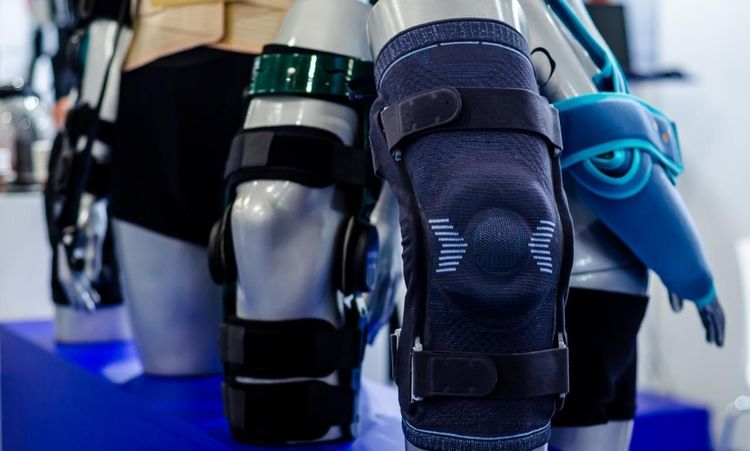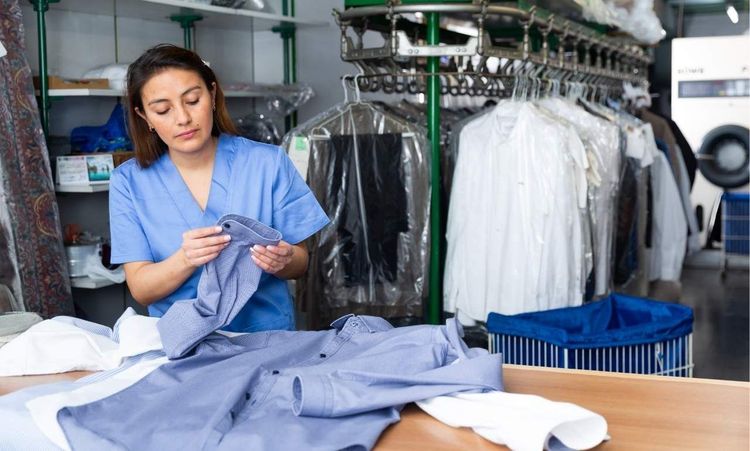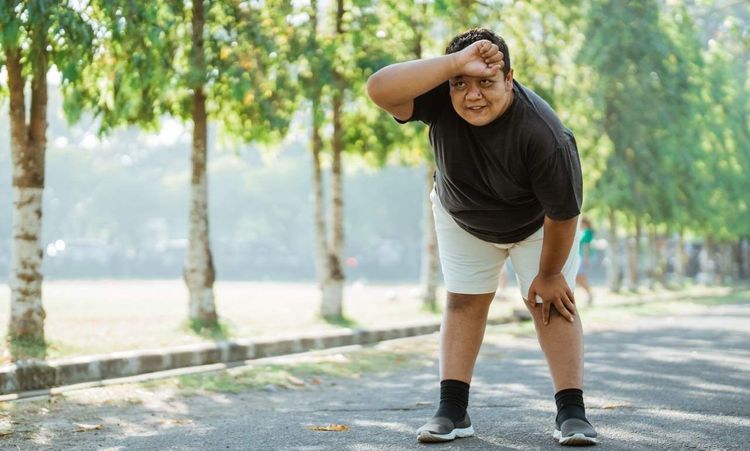Knee braces have become a trusted ally for individuals looking to protect their knees, especially when preventing hyperextension. Whether recovering from an injury or trying to maintain an active lifestyle, choosing the right knee brace can make a difference. Let us explore the best knee brace to prevent hyperextension.
What are Knee Braces?
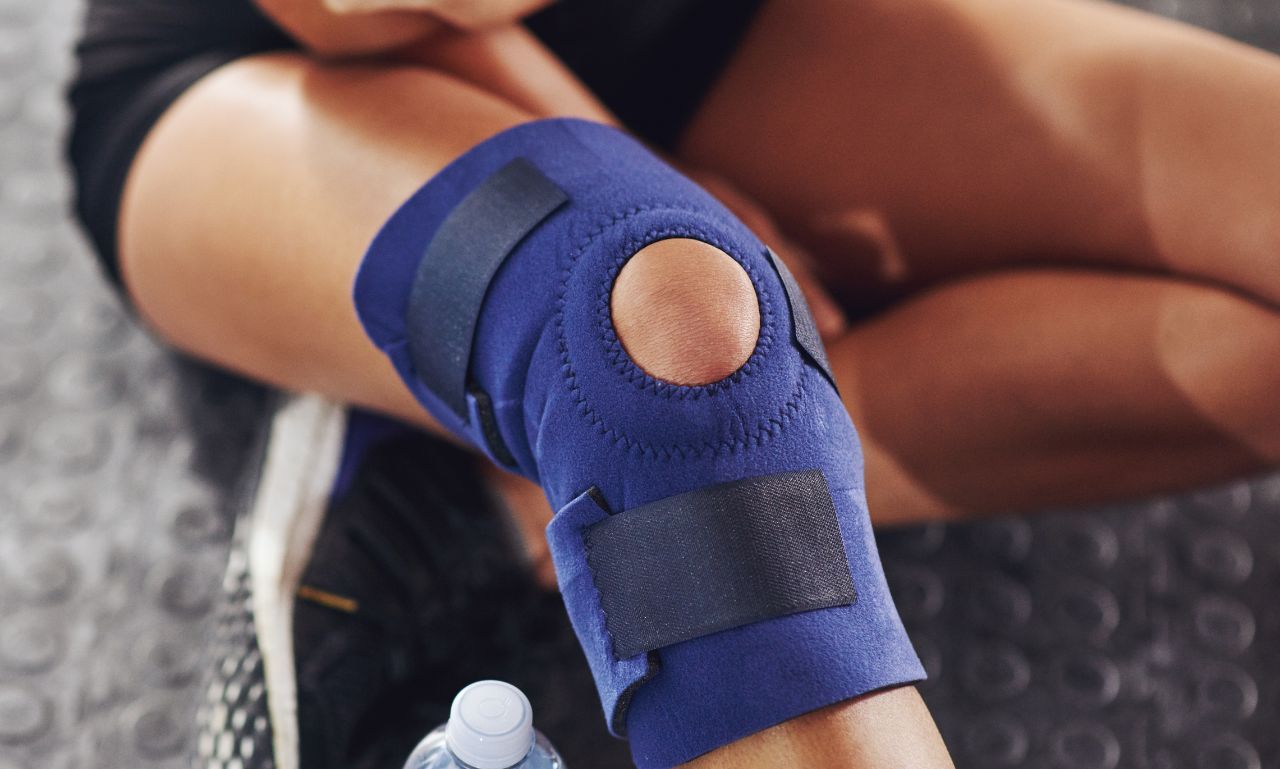
Knee braces help your joint work better by providing support and stability to the knee area. These devices come in multiple designs from different materials to match your specific requirements and physical activities.
Types of Knee Braces
Wraparound Braces
These simple braces help your knees with both compression and stability. People use them to ease light knee problems or to shield their knees during physical activities.
Compression Sleeves
Compression sleeves gently fit your leg to enhance circulation while decreasing swelling. They help your knees with minimal restrictions to your movement.
Hinged Knee Braces
Hinged braces offer complete protection to patients with significant knee problems or those recovering from surgery. These braces include metal joints on both sides of the knee to help control movement and stop the joint from bending too far.
Function of Knee Braces
Knee braces serve several essential functions:
- Your knee needs compression to ease soreness and swelling
- Your knee joint will stay stable with our support system
- Keep your knee movements controlled to stop it from bending too far.
- These devices aid patients in their healing from injuries and medical procedure recovery.
Considerations for Knee Braces
Several essential elements guide your decision when selecting a knee brace. Determine the nature and extent of your knee problem. A compression sleeve handles light knee pain, but you need a hinged brace for serious injuries or to stop hyperextension. A brace that fits poorly will hurt your skin and restrict your movement. Choose products that let air pass through and last long so you can wear them without issues.
Rehabilitation Programs and Knee Braces
Rehabilitation programs often incorporate knee braces to aid recovery and prevent further injury. For example, after an anterior cruciate ligament (ACL) injury, a hinged knee brace may be recommended to protect the joint during healing. Knee braces can also support individuals participating in physical therapy by allowing safe movement within a controlled range of motion. They act as an external aid while the knee regains strength and stability.
Efficacy of Knee Braces
Knee braces help reduce pain and keep knees stable but work differently for each person. Seek help from your doctor or physical therapist to pick out the best knee brace type for you.
Different Knee Brace Designs
Functional Knee Braces
People who play sports or perform demanding activities benefit from functional braces which keep their knees safe and secure. These devices protect your knees from harm and make you less likely to hurt them again.
Unloader Knee Braces
An unloader brace helps people with knee osteoarthritis by moving weight from the damaged area to reduce pain and enhance movement.
Prophylactic Knee Braces
These braces protect against knee damage in contact sports activities. They offer protection against direct blows and limit excessive motion.
Benefits and Risks of Knee Braces
Aids In Rehabilitation
Knee braces provide the necessary support during recovery, enabling controlled movement and reducing stress on the joint.
Improves Confidence During Activities
Knowing your knee is supported can alleviate the fear of reinjury, boosting confidence during physical activities.
Reduces Pain And Swelling
Compression and stability offered by knee braces help manage inflammation and alleviate discomfort.
Provides Structural Support
Braces ensure proper knee alignment, preventing excessive motion that could lead to further injury.
Prevents Further Injury
By limiting risky movements, knee braces are a safeguard, especially during high-impact activities.
Risks and Complications
While knee braces are generally safe, improper fit or overuse can lead to skin irritation, discomfort, or even further injury. Always follow the manufacturer's instructions and your healthcare provider's guidance.
Specialty Knee Braces
Offloader Knee Braces
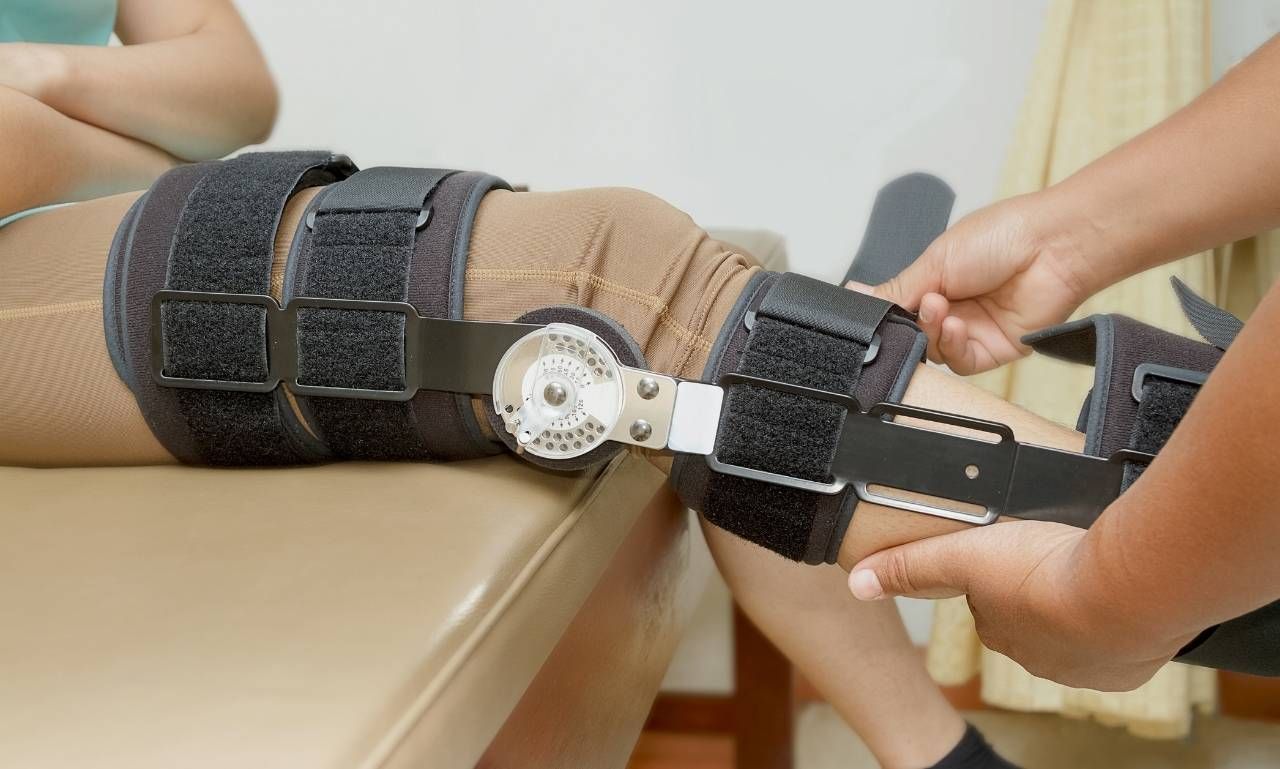
Offloader braces are designed to relieve pain caused by unicompartmental knee osteoarthritis. They work by unloading the affected compartment and redistributing weight to the healthy parts of the knee.
Patellofemoral Knee Braces
If you suffer from patellofemoral pain syndrome or patellar tendonitis, a patellofemoral brace can help. These braces feature a specially designed buttress that supports and stabilises the kneecap.
ACL Knee Braces
After an ACL injury or surgery, your doctor may prescribe an ACL brace. These braces provide stability and support to the knee joint, protecting the healing ligament.
How to Choose the Right Knee Brace
When picking the right knee brace, you must understand what your knees need and what makes you feel most comfortable. Collaborating with your healthcare provider to find the perfect fit is key.
Assess Your Knee Situation
Are you dealing with a specific condition or injury? Is your primary goal to prevent hyperextension during activities? The severity of your knee issues will play a significant role in determining the best brace for you.
Consider Your Activity Level
Are you a weekend warrior hitting the trails or a dedicated athlete training for a big event? Or maybe you're looking for extra support during everyday activities like walking or gardening. Your activity level will help guide you towards the right level of support and mobility.
Explore Different Brace Designs

To stop your knee from bending too far, a hinged knee brace offers adequate protection. Your knee joints will stay protected during movement thanks to metal supports on both sides of the brace.
When you need only light support or minor pain, the basic sleeve-style brace will meet your needs. These lightweight options are great for everyday wear and can help reduce swelling and promote better circulation.
Prioritise Comfort and Durability
No matter which style you choose, always make sure your knee brace is comfortable to wear and built to last. Look for breathable materials, adjustable straps, and a snug (but not too tight!) fit. You want your brace to feel like a supportive hug, not a constricting cage.
Talk to Your Healthcare Provider
Don't forget to consult your healthcare provider before making a final decision. They can assess your needs, recommend specific brands or models, and even help with proper sizing and fitting.
Your search for a knee brace should focus on finding products made from quality materials that adjust well and feel suitable to wear. People often buy knee braces from DonJoy, Mueller, or Shock Doctor brands.
Conclusion
A knee brace helps protect your knee from hyperextension and keeps your joints healthy. Understanding how knee braces work helps you choose the right one for training and healing while feeling confident about your physical activities.
Using knee braces helps, but you must follow your doctor's rest and treatment instructions. Follow your body's signals and partner with your medical team for successful treatment results.
Also Read: How to Use Cleansing Oil
